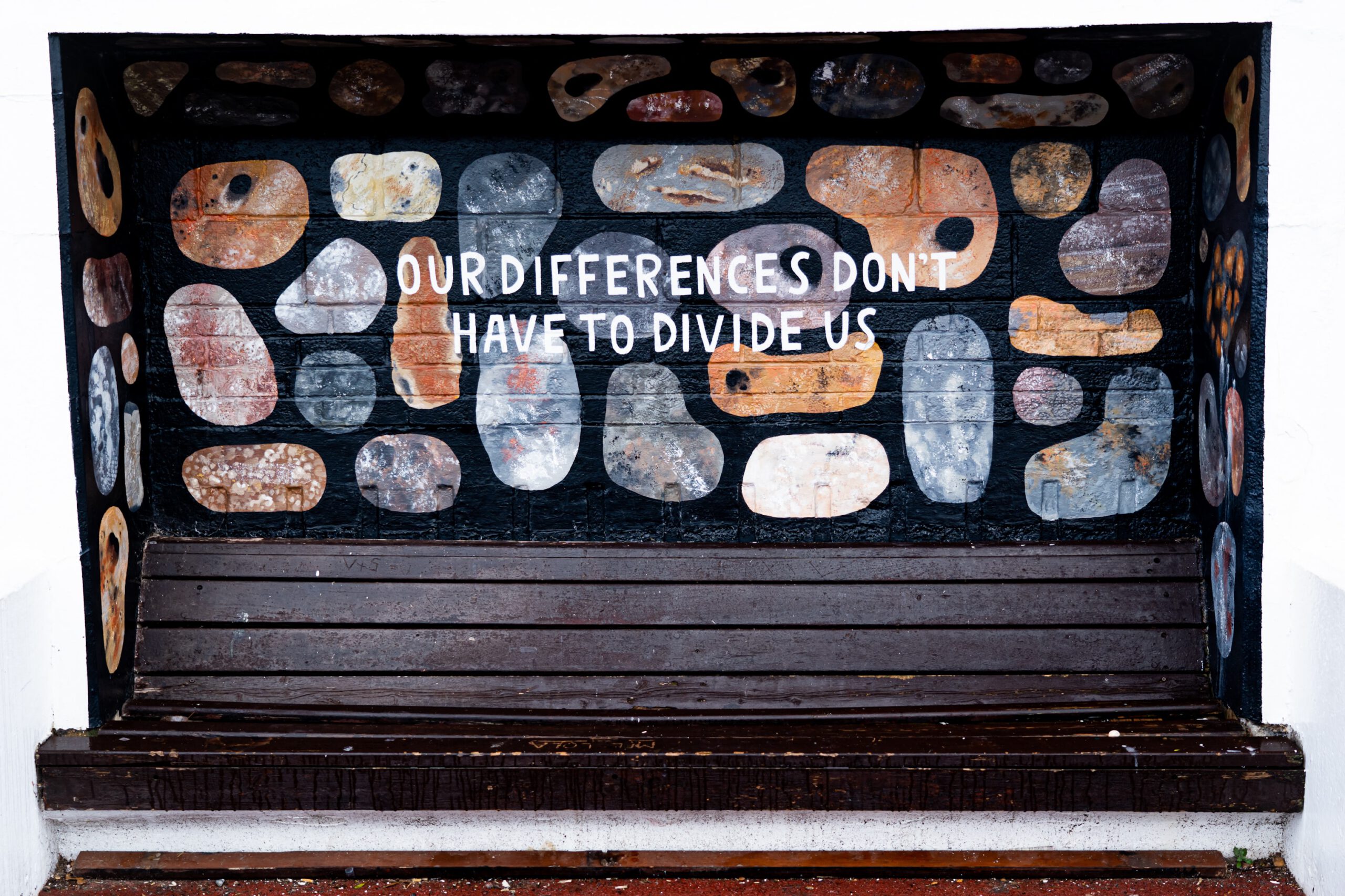Introduction:
In the fast-paced technology industry, terms like product, service, and solution are commonly used, often interchangeably. However, understanding the distinctions between these terms is crucial for businesses and customers alike. In this blog post, we will delve into the definitions of a product, a service, and a solution in the context of the technology industry, shedding light on their unique characteristics and benefits.
Defining a Product:
A product in the tech industry refers to a standardized offering that can be sold to customers. It can be either hardware or software and is typically a one-time purchase for the customer, except for additional maintenance or professional services. Products are designed to meet specific needs or solve particular problems, and they generate one-time revenue for the seller. However, it is worth noting that some software products may have recurring revenue models through subscription-based licensing.
Understanding as-a-Service Offerings:
In contrast to products, service offerings in the technology industry are typically provided on an as-a-Service (aaS) basis. These offerings are also standardized but differ from products in terms of revenue generation. Rather than generating one-time revenue, service offerings follow a recurring revenue model. Customers pay for the service on an ongoing basis, often monthly or annually. Setting up and delivering services requires time, effort, and resources to ensure proper implementation, trustworthiness, and reliability. Common examples of as-a-Service offerings include Software-as-a-Service (SaaS), Platform-as-a-Service (PaaS), and Infrastructure-as-a-Service (IaaS).
Exploring Solutions:
Solutions encompass both products and services, but with a key distinction. A solution is a customized offering tailored to address a specific use case or solve a particular problem for a customer. This customization sets solutions apart from standard products and services, as they are designed to meet the unique requirements of the customer. When developing a solution, careful consideration is given to planning, costing, and assessing the customer’s willingness to pay. Solutions can include a combination of hardware, software, and services, all integrated to deliver a comprehensive and targeted outcome.
Key Differences:
To summarize, here are the key differences between a product, a service, and a solution in the technology industry:
- Revenue Generation: Products generate one-time revenue through the sale of standardized hardware or software, while services follow a recurring revenue model with ongoing payments for the provided service. A solution can either generate one-time revenues or recurring charges.
- Customization: Products and services are standardized offerings, whereas solutions are customized to address specific customer needs or solve particular use cases.
- Use Case Focus: Products and services are designed to meet general market needs, while solutions are tailored to address unique customer requirements and provide comprehensive outcomes.
- Integration: Solutions often involve the integration of hardware, software, and services to deliver a cohesive and targeted result, while products and services may be standalone offerings.
Conclusion:
In the technology industry, understanding the distinctions between products, services, and solutions is essential for businesses and customers. Products are standardized offerings sold to customers, generating one-time revenue. Services, provided on an as-a-Service basis, generate recurring revenue and require setup and ongoing reliability. Solutions, on the other hand, are customized offerings designed to address specific customer needs or solve particular use cases. By grasping these differences, businesses can better align their offerings with customer expectations, delivering value and achieving success in the competitive technology landscape.
